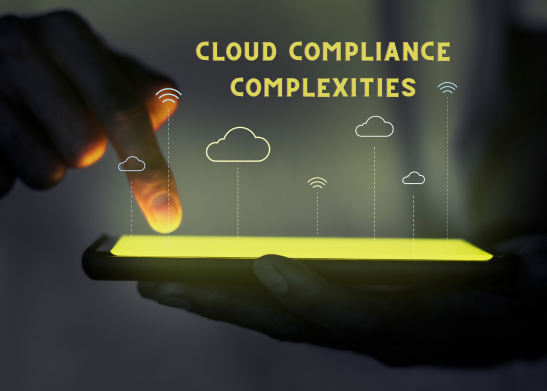
In the current scenario, organizations are opting for cloud-based solutions rather than investing heavily in the lift-and-shift approach for data assets and resource migration. The adoption of cloud platforms such as PaaS, PCaaS, or SaaS has become more practical. This shift towards cloud solutions has made organizations highly adaptable, alleviating the burden on their internal resources, especially IT and security teams.
This has increased reliance on cloud service providers who offer asset and resource management through various commercial models, for instance, Microsoft’s pay-as-you-go model. This allows organizations to activate services with included operational costs, reducing the need for 5 resources to manage the same infrastructure over the cloud with just 2 resources.
Now, considering the large cloud adoption, it becomes mandatory for our security SMEs, IT personnel, and cloud security experts to be aware of and proactive in responding to the upcoming threats, tackling the incidents and issues related to cyber threats.
Let’s talk about some challenges with this:
• Data is becoming more vulnerable to cyberattacks like DDoS, API attacks, ransomware attacks, etc.
• More changes to identity access management solutions and deployment scenarios.
• Data sharing across borders is also a concern (keeping data privacy and regulations in mind).
• Movement towards the cloud brings in more governance complexities.
Complexities with Cloud Compliance
With the movement towards cloud computing by organizations and the purchase of such cloud delivered services from our cloud providers, it becomes necessary to consider that they comply with data regulations and standards such as HIPPA, PCI DSS, GDPR, ISO 27001, NIST, SOX, etc.
With this, we observed that they sometimes fail to comply with them due to reasons like the public cloud native solutions model and the private cloud deployment model, and complaints may also vary, which they sometimes fail to adhere to.
As per Proofpoint, most regulatory standards have penalties for organizations found negligent after a security breach. For instance, HIPAA violations cost organizations anywhere from $100 to $50,000 per violation (per record), depending on an auditor’s analysis during forensic investigations. PCI-DSS, which oversees merchant transactions (e.g., credit card payments online), fines corporations anywhere from $5000 to $100,000 per month until the merchant remedies all violations.
Devising Strategies to Overcome Cloud Compliance Complexities
Building an effective cloud adoption compliance strategy requires a secure cloud adoption plan. This plan should provide a 360-degree secure infrastructure with all necessary security controls in place. The activities that need to be considered to meet regulatory compliance requirements include the following:
• It is advisable to take into consideration and join calls with cloud service providers when planning for any kind of major or greenfield deployment on cloud VMs.
• Prior identifying the business risk if cloud compliance are not met as per the organization industry works.
• Identifying the compliance standard or framework meeting the needs of the organization’s requirements.
• Also, perform a mapping exercise of the security controls as per the cloud compliance requirements and if required, consult a third-party audit firm.
• Build a capability to have high visibility on the cloud controls and compliances.
• Recommendation to adopt a Cloud Security posture management solution to continuously monitor, assess the security and compliance posture of your organization.
• Ensuring that you can continuously synchronize new cloud services and capabilities with regulatory compliance requirements.
Ensuring adherence to cloud security compliance can pose difficulties and intricacies, yet it remains a vital aspect for organizations to stay up-to-date and maintain visibility over their cloud assets. By adopting a proactive approach to managing compliance and collaborating closely with cloud service providers, businesses can adeptly navigate the complexities of cloud compliance and remain compliant in today’s fast-paced digital era.
References:
https://www.ibm.com/security/digital-assets/services/cloud-compliance-smartpaper/
